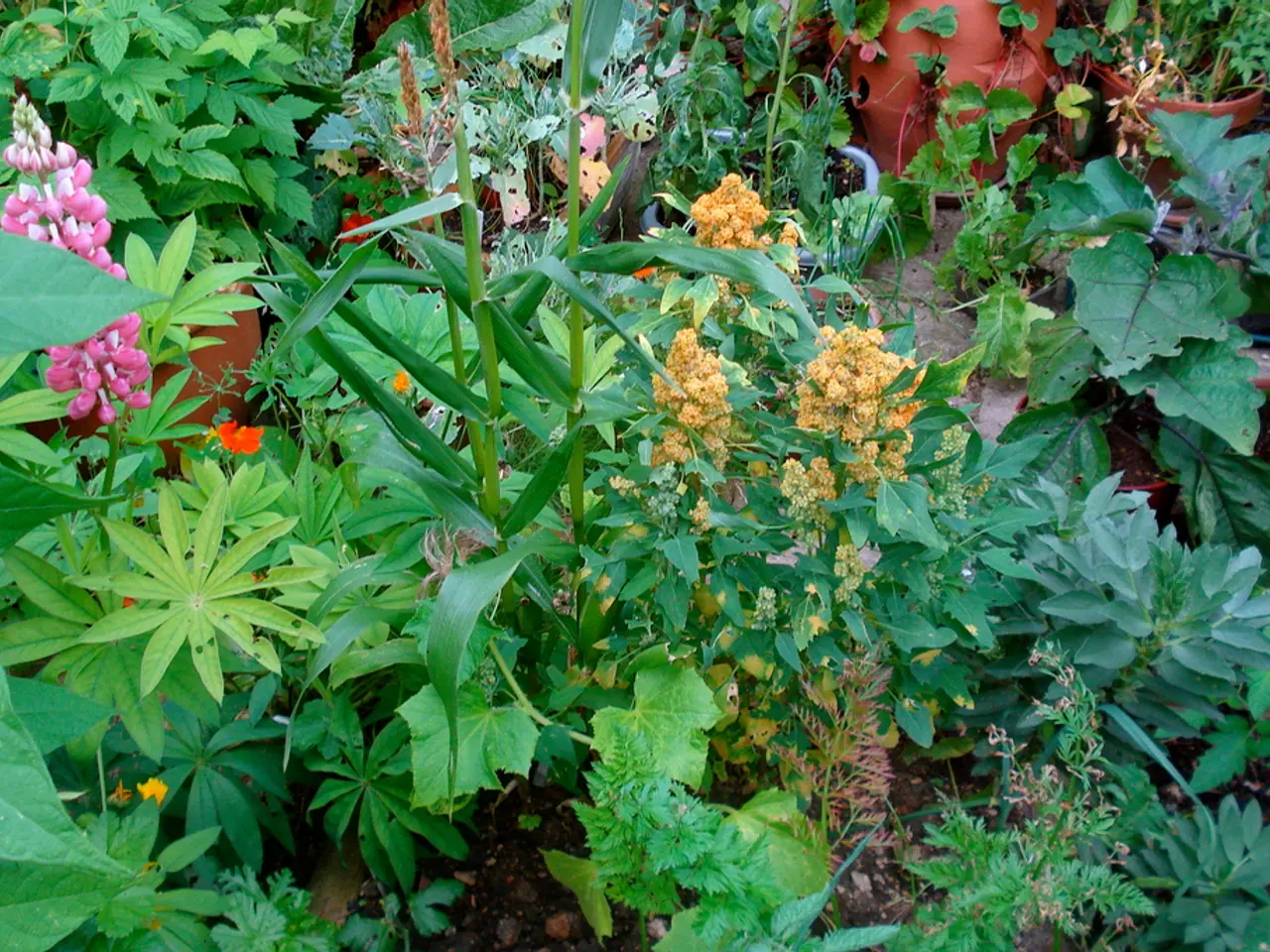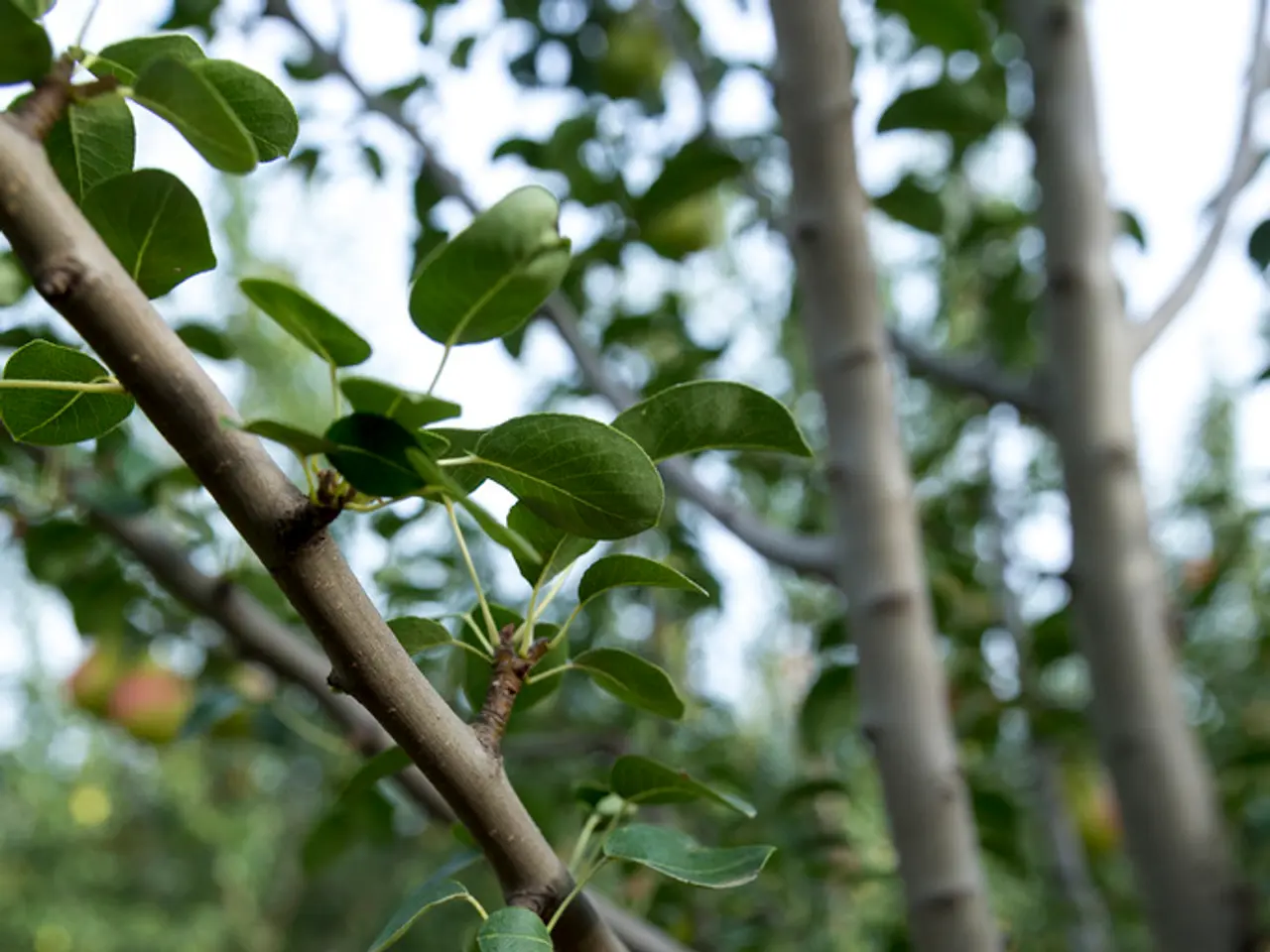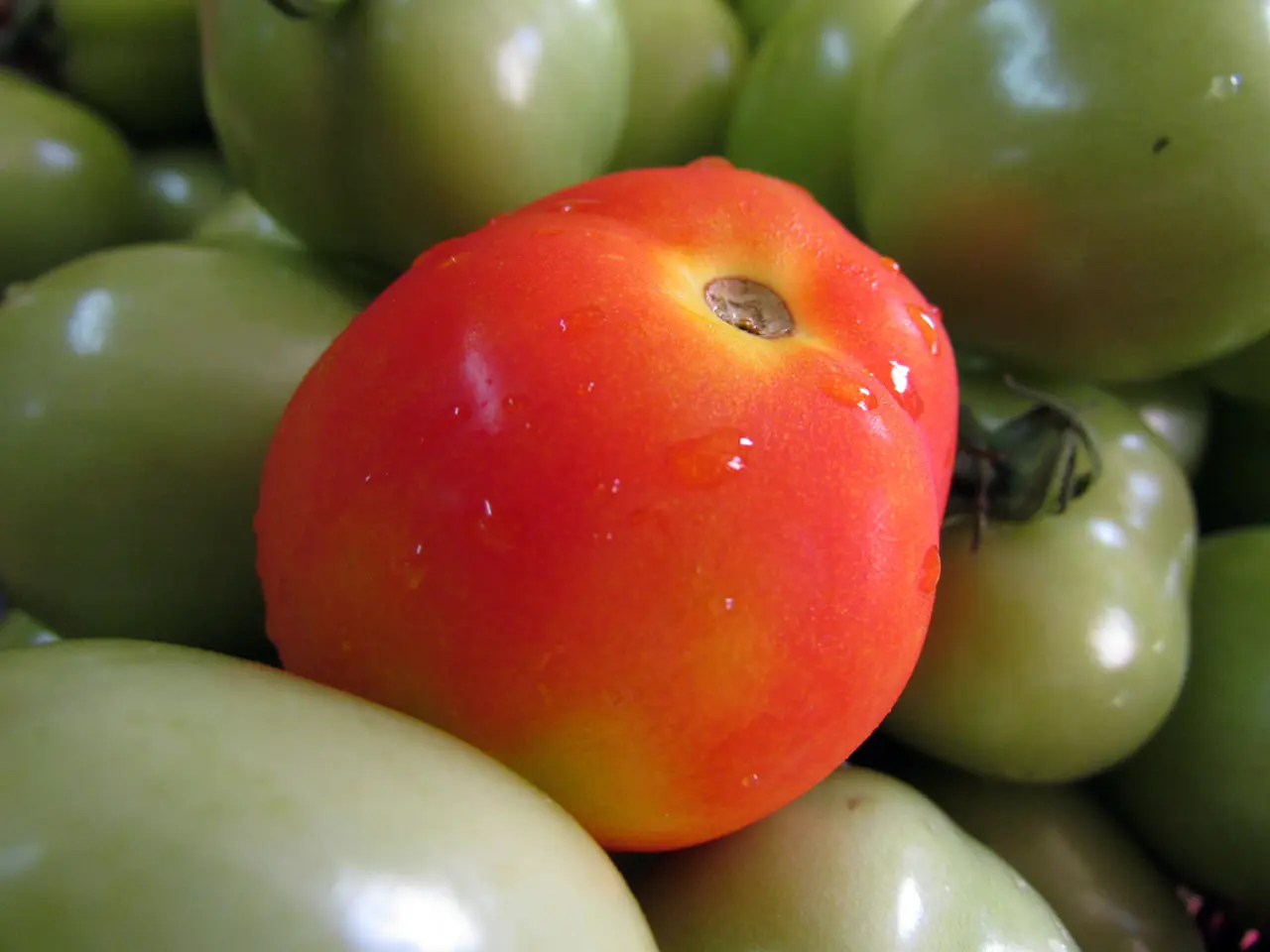Rediscovering the art of stonework in landscaping: Exploring effective garden stone utilization methods
In the world of gardening, crevice gardens have gained popularity as a unique and resilient way to mimic rocky mountain environments. These gardens offer a minimal maintenance approach to growing hardy, drought-tolerant plants in narrow pockets of soil. Here's a comprehensive guide on designing and implementing a crevice garden, based on expert advice.
### Stone Selection and Layout
The foundation of a successful crevice garden lies in the selection and arrangement of stones. Flat, durable stones such as flagstone, slate, or sandstone are ideal, as they can be set vertically and angled to create deep, narrow crevices perfect for planting.
Stones should be large enough to protrude above the soil, forming undulating contours rather than a flat surface. Sink stones about two-thirds underground for stability. Place stones parallel and slightly overlapping to emulate natural rock outcrops, varying the spacing to create a mix of narrow and wider crevices.
### Planting Choices
The plants chosen for a crevice garden should be drought-tolerant, hardy, and adapted to poor, sandy soils and extreme temperatures. Succulents and rock garden natives are ideal. Notable recommendations include the Hardy Living Stone (Aloinopsis spathulata) and various species of Stonecrop (Sedum spp.).
Incorporate native or well-adapted dry-climate plants to ensure better growth and reduce watering needs. Use the narrow crevices for deep-rooted plants and wider gaps for those needing more soil volume, mirroring natural rocky habitats.
### Additional Tips
Before starting, visualize your garden outline using sand, blocks, or spray paint to adjust proportions easily. Ensure good drainage and minimal soil depth for authenticity, as crevice gardens replicate rocky mountain niches. Avoid overly dense planting; allow space for each plant to grow in its crevice, preserving the garden's rugged, natural spirit.
By combining thoughtful stone choice and layout with careful plant selection, you create a resilient, aesthetically pleasing crevice garden that thrives with minimal maintenance. The beauty of stone can be found in its natural, authentic look, and it is versatile enough to be used in gardens of any size, location, or setting.
Choosing stone with local provenance gives an authenticity and grounding to the space, reduces carbon consequences of transportation, and integrates the garden with its surroundings. Reclaimed stone reduces environmental impact and gives materials that have already weathered qualities.
Crevice gardens, with their careful arrangement of thin, upright slices of stone, have gained a global appreciation. Notable examples can be found at RHS Garden Wisley, Denver Botanic Gardens, and the Jardin des Crevasses at Montreal Botanical Garden. From the rugged stylised rock gardens to the charming squeeze stiles, these gardens offer a connection to the landscape and a sense of permanence.
- In the design process of a crevice garden, the selection and arrangement of stones, such as flat, durable ones like flagstone, slate, or sandstone, are crucial as they can be set vertically and angled to create deep, narrow crevices for planting.
- When setting stones for a crevice garden, they should be large enough to protrude above the soil, forming undulating contours rather than a flat surface, and placed parallel and slightly overlapping to emulate natural rock outcrops.
- The plants chosen for a crevice garden should be drought-tolerant, hardy, and adapted to poor, sandy soils and extreme temperatures, with succulents and rock garden natives being ideal choices.
- To reduce watering needs and ensure better growth, native or well-adapted dry-climate plants can be incorporated into a crevice garden, using the narrow crevices for deep-rooted plants and wider gaps for those needing more soil volume, mirroring natural rocky habitats.




